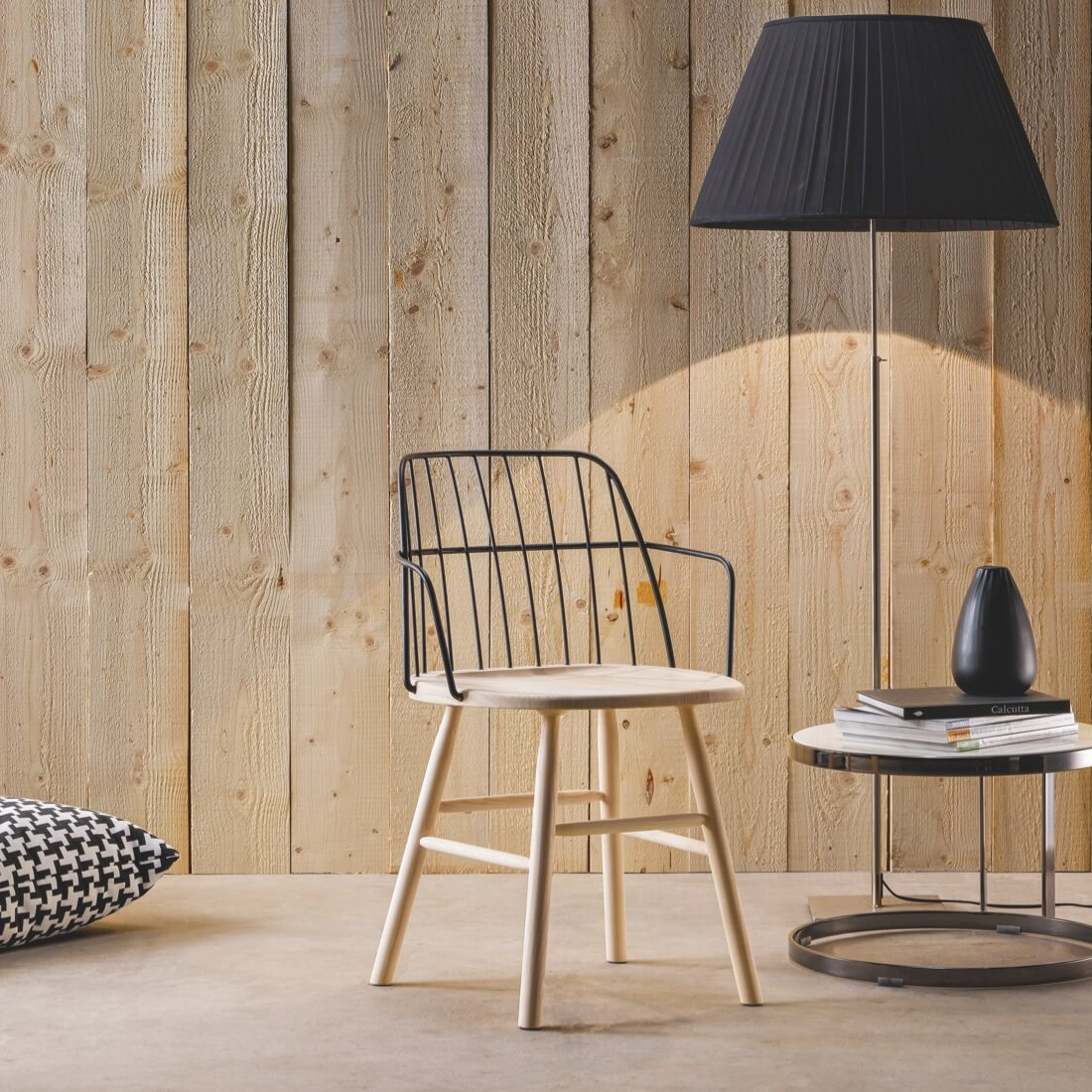In recent years, cloud light bulbs have been gaining popularity as more and more people are looking for energy-efficient and convenient lighting solutions for their homes. Unlike traditional bulbs that rely on electricity from the grid, cloud light bulbs use the internet to connect to a central server and can be controlled remotely using a smartphone app or digital assistant.
Why Choose Cloud Light Bulbs?
Cloud light bulbs offer several benefits over traditional bulbs. First, they are energy-efficient, which means lower electricity bills and a smaller carbon footprint. Second, they are more convenient to use, as they can be controlled remotely using a smartphone app or digital assistant. Third, they offer a wider range of colors and brightness levels, allowing users to personalize their lighting according to their mood and preferences.
How Do Cloud Light Bulbs Work?
Cloud light bulbs use a combination of LED technology, Wi-Fi connectivity, and cloud computing to provide smart lighting solutions. Each bulb has a built-in Wi-Fi chip that connects to a central server via the internet. The server then communicates with the user’s smartphone app or digital assistant to control the bulb’s on/off switch, color, and brightness.
Features of Cloud Light Bulbs
Cloud light bulbs come with a range of features that make them more versatile than traditional bulbs. Some of these features include:
- Color changing capabilities
- Dimming options
- Timer settings
- Voice control using digital assistants like Amazon Alexa and Google Home
- Compatible with third-party apps like IFTTT
Cost and Maintenance
Cloud light bulbs are more expensive than traditional bulbs, but they are also more durable and long-lasting. Most cloud light bulbs have a lifespan of around 25,000 hours, which means they can last up to 10 years. The cost of running a cloud light bulb is also lower than traditional bulbs, as they consume less electricity.
Cloud light bulbs offer a bright future for home lighting solutions. They are energy-efficient, convenient, and customizable, and offer a range of features that traditional bulbs cannot match. While they may be more expensive, they are a worthwhile investment for those looking for a smart and sustainable lighting solution for their homes.

















